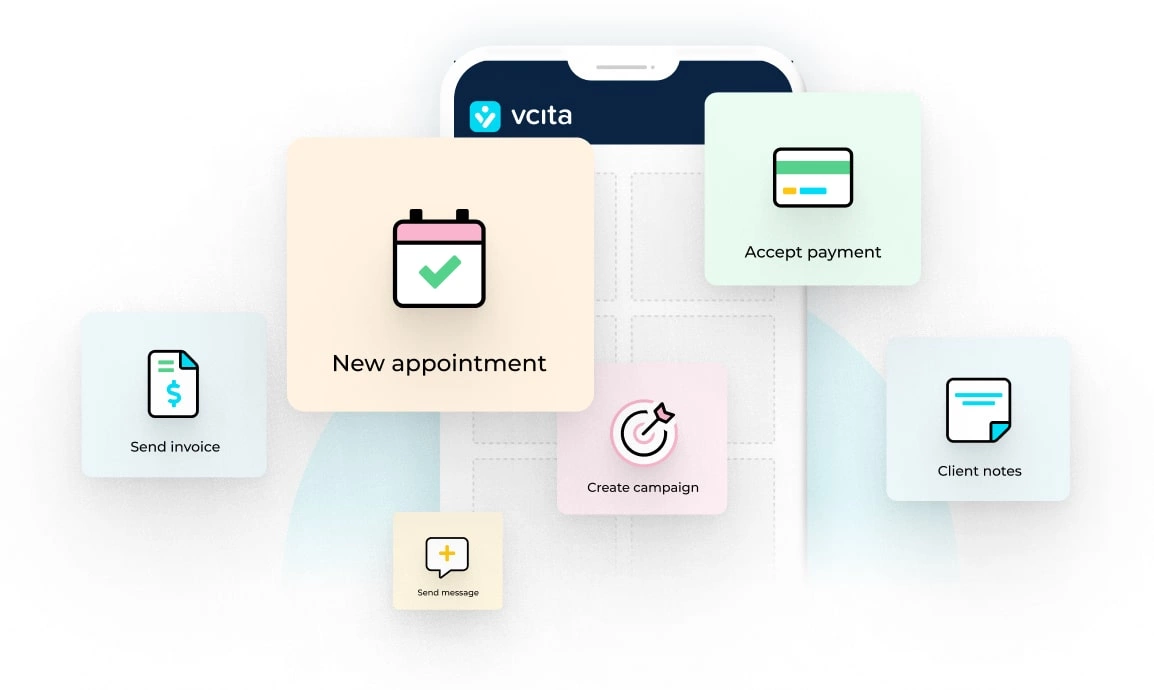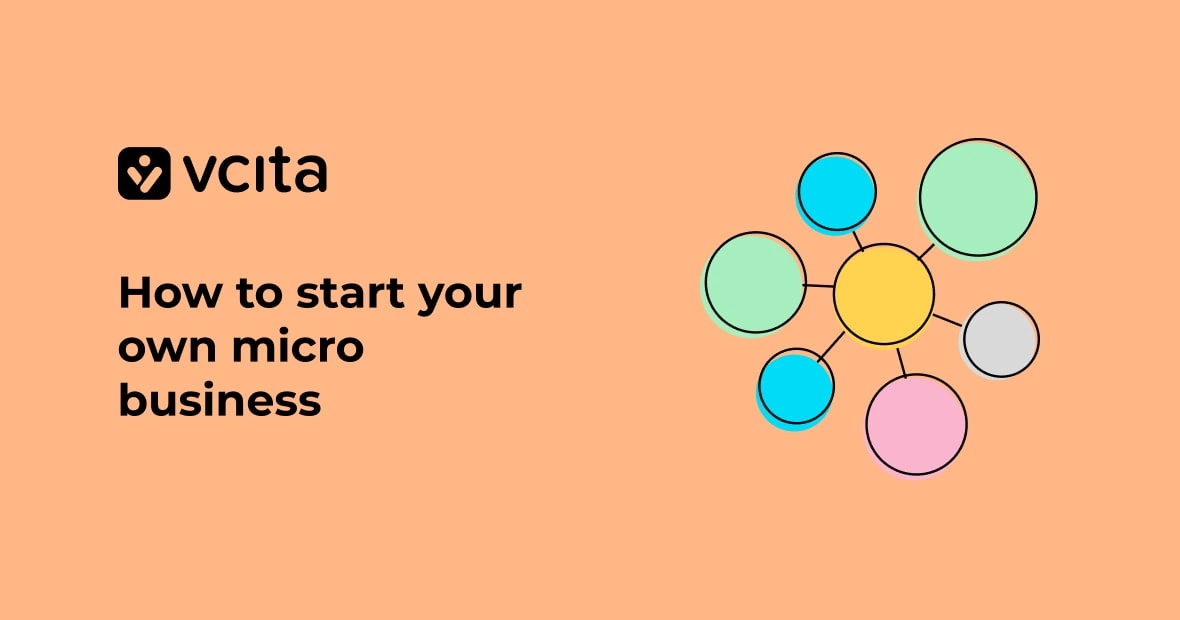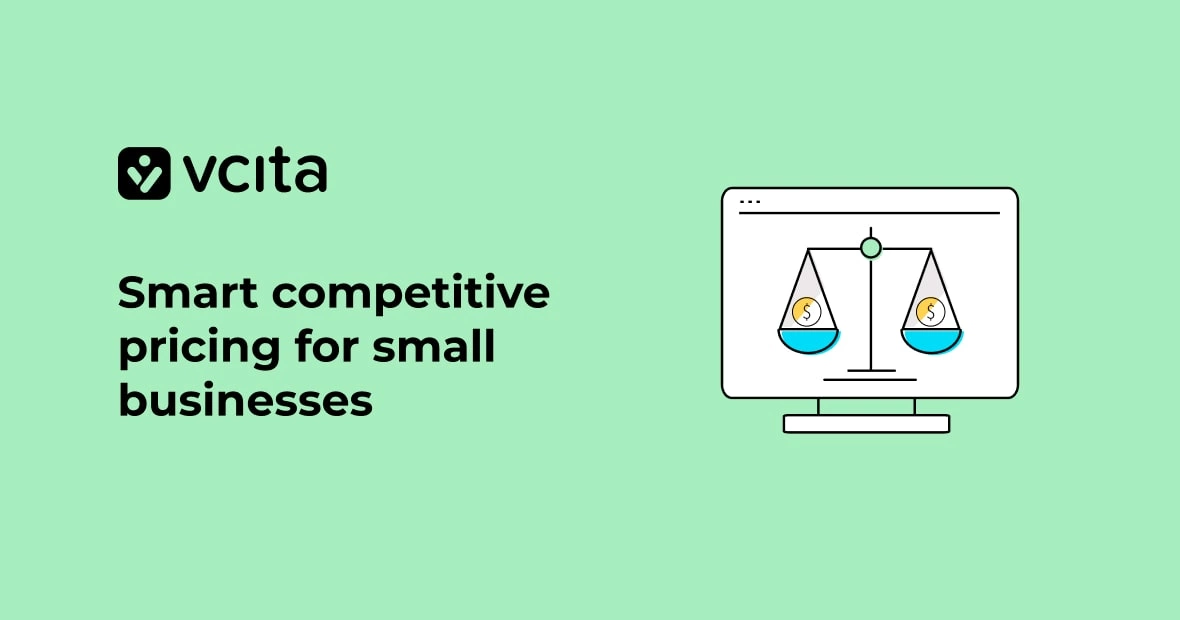Even the best therapists struggle with how to take good notes; finding the right system that works for your practice isn’t always easy. Some mental health practitioners take only the minimum amount of notes required by law (or by insurance companies). But really great notes can do so much more than protect your practice against liability. They can make you a better therapist.
Good notes improve your ability to recall details between sessions, and avoid repeating past interventions that didn’t work. Bringing details of past sessions into the therapy room also helps you establish trust and rapport with your new clients, as evidence that you’re really listening.
Although there’s a lot of variation in the way therapists take notes, there’s two broad categories of notes that you might keep: process, or therapy notes, and progress notes. Here’s the difference:
Process Notes/therapy Notes
Process notes are sometimes also referred to as therapy notes—they’re the notes you take during or after a session. They tend to be more freeform notes about the session and your impressions of the client’s statements and demeanor. Since these notes often contain highly sensitive information, HIPAA grants them special protection. Unlike progress notes, you’re not legally obligated to release these notes to your client by federal law—although some states may require you to share them if the client asks for them.
Since they’re more private, they can be kept quite detailed. And since they’re a class of specially protected notes, they should be kept physically separate from progress notes. However, you can draw the valid information you need from them to create progress notes.
Progress notes:
Progress notes are a more formal document related directly to your client’s treatment plan. Since they’re often necessary for insurance purposes, the document will also contain other basic information such as diagnosis, prescriptions, what type of therapy you’re doing, and your client’s Medicaid number. Often the information contained in these notes will be partially dictated by the standards of the insurance company or institution you’re reporting to.
Progress notes cover three basic categories of information: what you observe about the client in session, what it means, and what you (or your client) are going to do about it. They can also be completed collaboratively with the client, to help establish a therapeutic alliance. There are a lot of different formal approaches to taking progress notes, but the three main types are SOAP notes, BIRP notes, and DAP notes:
1. SOAP notes:
SOAP notes are the most common type, containing four separate types of information in four distinct rows:
S = Subjective information, such as quotes from the client, or paraphrased statements they’ve given in session. It’s best to choose a few sentences that best represent the most pressing concern your client brought into the session. If the client refers to another person, use their initials rather than their full name to avoid confidentiality breaches.
O = Objective data, such as body language, affect, appearance, and other factual, observable things about your client in session. Avoid including judgements or value-laden terms like stating the client was “hysterical” or “stoic.”
A = Assessment of the situation; this is where you bring together the subjective and objective data and make a statement about what they mean. Interventions, goals, and objectives addressed in the session can also be included here, along with the results of additional screening or notes about further investigation that may be warranted.
P = Plan for interventions, including tasks assigned to clients. What will happen next session? Between now and next session? Does the client need a referral or revision of their treatment plan?
2. BIRP notes:
BIRP notes contain information similar to SOAP notes, just reorganized to emphasize behaviour and concrete interventions:
B = Behaviour, including both subjective statements made by the client and their observable behavior.
I = Intervention(s), specifically therapeutic interventions used in session—for example, cognitive restructuring or EMDR.
R = Response; the client’s response in-session to the interventions, and their general response to therapy, including achievement of goals and outcomes.
P = Plan, including follow-up work for client and future therapeutic interventions.
3. DAP notes:
DAP notes are also similar to SOAP notes, except they combine the subjective and objective data categories into one row:
D = Subjective and objective data observed in the session (the “S” and “O” sections of SOAP notes combined.
A = Assessment of the data, including any in-session interventions and the client’s response to them.
P = Plan, including follow-up work for client and future therapeutic interventions.
Writing Efficient Therapy Notes
Some therapists write notes during or right after each session, while others need time to decompress before they tackle client notes. Whenever you decide to do your notes, the key to efficiency is knowing what information is important before you start writing. Templates can help with this, especially when they’re tailored to the client’s presenting issue or the treatment plan you’re using.
As you’re writing, keep in mind that done is better than perfect. More detail doesn’t always equal more accuracy, since longer notes are also more difficult to sift through later. Stick to the details that address the overall theme of the session. To make notes extra easy to review, challenge yourself to write a one-sentence summary of the session as the first note each time. That way, you’ll have an easy way to remember the broad strokes if you don’t have a lot of time to review their notes before their next session.
Group Notes vs. Individual Notes
If you run group therapy sessions, notes can get a little complicated. HIPAA and the APA give detailed confidentiality rules for individual therapy, but don’t have a lot of detailed guidance on group records. However, there are still some good practice guidelines you can apply to group therapy, couples counselling and family counselling when writing notes.
Therapists should create a separate record for each group member, using initials for the names of other group therapy members to avoid any breaches of confidence. One way group therapists make note-taking more efficient is to write a generalized note about the group interaction (with all names in initials), including group interventions planned. Then, you can include this note in each group member’s progress notes.
Examples of Therapy Notes
Progress notes should include the following as a header or footer, along with the relevant information:
Client Name:
Date:
Number:
Medicaid ID:
Diagnoses (with DSM5 number/CPT code):
Below are some specific examples of therapy notes, and what each might look like as written by a practitioner.
Psychotherapy process note:
Since they’re just for your eyes, progress notes don’t need to fit into a particular structure—however, if you’re creating a SOAP progress note from them, keep that in mind so you know what information you’ll need later.
For example, take the following notes:
-Client came in 10 min late, slightly disheveled appearance; session mainly re: phobia of cars
-Reported feelings of guilt at unsuccessful attempt to complete last week’s assignment (entering car and sitting behind the steering wheel)
-Further discussion of treatment plan ensued; Client seemed exasperated at her own lack of progress, stating “I feel like I’m never going to fix this”
-Revisited pharmaceutical interventions as an option; client uninterested in taking medication at this time
-SRA indicated no active suicidal ideation at this time
-Identified desire to drive to work, increased freedom as motivating factors
-Modified treatment plan to attempt a less intensive assignment (exposure therapy); client will simply approach the car and open the car door, without getting inside
These might be notes taken before or directly after a session. If the client’s insurance requires progress notes, they could be modified as they have been in the following example.
Psychotherapy progress note:
Progress notes should be more of a brief overview; below is an example of how the above notes might translate into a SOAP note format, with exposure therapy as the stated intervention. Proposed interventions can range from a therapeutic school of thought to a specific technique; however, keep in mind that specific techniques are easier to identify and follow through with.
Therapeutic intervention in this example: exposure therapy.
S: Client was exasperated and guilty at her lack of progress, stating, “I feel like I’m never going to fix this.” Her attempt at completing last week’s assignment was unsuccessful.
O: Client had a disheveled appearance and was 10 minutes late to the appointment.
A: Client’s inability to complete the assignment suggests a more gradual approach to exposure therapy may be necessary to achieve the end goal. Client is uninterested in medication as an approach.
P: Client will attempt a less intense assignment; this week, the client has agreed to open the car door without entering the vehicle.
Person centered progress notes:
Person centered approaches emphasize positive regard, congruence, and empathy. While these approaches are well-known for their lack of formal intervention, completing SOAP notes collaboratively with clients can help them stay invested in their treatment and strengthen the therapeutic alliance. Interventions in person centered therapy usually happen in the therapy office, mainly composed of things like open-ended questions, affirmations, and empathic responses. However, clients can also help design custom interventions that they think will help them achieve their goals outside of the therapy room.
Therapeutic intervention in this example: humanistic therapy.
S: Client expressed feelings of deep sadness, worthlessness, and exhaustion: “I feel trapped.” Client described struggling with grief following a recent divorce and the frustration of custody issues, and shame about the divorce.
O: Neat, clean appearance; client spoke in a soft voice and struggled to make eye contact.
A: Both the client’s expressed struggles and demeanour in session suggest further exploration of grief is warranted. Client and therapist collaborated on a plan for a number of treatment sessions to help client explore and process their grief.
P: Person centered therapy focusing on client-led discussions about grief, loss, and a way forward out of the “trapped” feeling.
Speech therapy progress notes:
Addressing speech problems in clients of all ages, there are multiple types of interventions available depending on the client’s presenting issue. Objective data in the SOAP process notes will carry more weight in speech therapy approaches concerned with improving specific speech patterns. However, the client’s subjective reactions can help practitioners determine how receptive their client is to the approach they’ve chosen.
Therapeutic intervention in this example: CPPA therapy.
S: Client, aged 5; speech patterns are highly unintelligible. Client had difficulty sitting though the session and lost focus easily. Concurrent attention issues may have an impact on treatment efficacy.
O: Mark’s speech problems include dropped consonants, marked syllables, and phoneme collapses. Mark was excitable and eager to learn at the beginning of the session, but his response time lagged near the end of the session.
A: Mark may have ADHD which contributes to his speech patterns; referral for ADHD therapy may be necessary. Client’s multiple speech issues require a CPPA (Cycles Phonological Pattern Approach).
P: Client will bring Mark in for multiple short sessions, beginning with phoneme cycles and daily focused auditory input at home.
Group therapy progress notes:
As mentioned above, group therapy progress notes often mean creating one note for each client in the session that addresses both group dynamics and the individual client’s progress. Names of other group members should be noted as initials to protect confidentiality. Goals may be for the group, or for the individual client, or both. Below is an example of what progress notes might look like for a DBT group for clients with Borderline Personality Disorder.
Therapeutic intervention in this example: Dialectical Behaviour Therapy.
S: In group check-in, client described ongoing issues implementing skills training from previous session. J.T. and T.R. commiserated, which seemed to be a comfort to the client. Client described skills training to be generally effective, but struggled with distress tolerance. Group seemed to concur.
O: Client spoke to more members of the group than usual, making small talk during the break. Group became louder and more engaged toward the end of the session during discussion of session plans.
A: Distress tolerance module was not effective for the group—facilitators agreed to perform another distress tolerance module the following session using a different mode of presentation. Client’s individual therapist was advised to cover distress tolerance in individual therapy.
P: Group facilitators will use a more collaborative, person centered approach to the discussion of distress tolerance in the following session.
School-based occupational therapy progress notes:
Occupational therapists in school settings will often have stricter requirements placed on how they record and keep notes. Therapists affiliated with specific institutions will often be required to take notes in the format specified within the institution, to make communication between therapists and educators easier.
Therapeutic intervention in this example: Physical Therapy.
S: Client expressed frustration at compromised ability to write by hand due to cerebral palsy. Said, “I feel like I can do more than people give me credit for.” Client is eager to learn new skills and improve motor functions.
O: Client’s fine motor control issues make precise movements difficult. Writing and eating require modified tools. Previous therapies have used a modified keyboard as an assistive device and as a practical solution to note-taking.
A: Client has ataxic cerebral palsy with tremors which make writing difficult. Client’s motivation to achieve this task makes it a good focus for physical therapy sessions in the near future.
P: Improve fine motor control over the course of several sessions to work on hand dexterity, strength, and flexibility. A planned, graduated range of activities will be carried out over the next month, with a review of progress and further planning at the end of the month.
Play therapy progress notes:
Therapeutic interventions for young children often take the form of play therapy, usually with the parents present. Since children don’t have the capacity for abstract thought, play therapy offers therapists and children a way to communicate via the medium of creativity and play. Interventions often involve common toys like puppets, dolls, puzzles, and blocks. You can create digital flipbooks to present ideas in an interactive way and make them more interesting for children.
Therapeutic intervention in this example: Non-Directive Play Therapy/Creative Visualization.
S: Client, 6, anxious; parents communicated that the child exhibited selective mutism, saying “I don’t know why she just won’t talk sometimes.” Client did not speak in session, but drew a picture of ducks on seeing crayons and paper at the table.
O: Client seemed to relax while drawing, but did not respond to questions about what she had created. Anxiously looked around the room, and whispered to her parents intermittently. Transitioned out of session anxiously.
A: A number of toys were brought out for the child to interact with; her choice suggests that the client enjoys drawing in particular. Therapeutic intervention will be a humanistic approach to further investigate the source of the client’s anxiety.
P: Following session will use non-directive play therapy to gradually increase client’s comfort with communication. Creative visualization a future possibility for treatment as communication improves.
Occupational therapy progress notes:
Since occupational therapy can have some overlap with medical interventions, assessments might often include referrals and physical interventions. Having structured process notes is particularly important in these therapies, as the therapist is often part of a care team.
Therapeutic intervention in this example: Behavioral Therapy.
S: Client seemed confused and distressed; suffers from dementia. Expressed difficulty remembering her pill schedule and anxiety about a visitor who might be arriving later in the day. “I don’t think I have enough food to make supper.”
O: Client had considerable difficulty communicating; got up and wandered/paced throughout the conversation. House was cluttered, with garbage and dirty dishes piled on the counter.
A: MMSE screening indicated impaired executive function and memory, but client seems capable of remaining at home with home care supports and behavioral interventions addressing routines.
P: Suggested home care supports for 3x a week cleaning, along with the creation of a schedule and reminder system for medications, meals, and water.
Pediatric occupational therapy progress notes:
Since pediatric occupational therapists work with children, their interventions can tend to borrow from play therapy. Pediatric occupational therapists often work with other care providers or within institutions, making structured notes especially important to coordinate care.
Therapeutic intervention in this example: Directive Play Therapy.
Possible therapeutic interventions:
S: Client, aged 8, expressed difficulty making friends at school. “They just don’t seem to like me but I don’t know why.” Described multiple moves to different cities before attending his current school.
O: Client has difficulty identifying conversational cues, avoided eye contact. Speaks in a low, even-toned voice even when describing distress. General demeanor seemed frustrated, hesitant.
A: Further assessment is needed to rule out ADHD and/or autism, based on social and conversational difficulty in session. Possible emotional disturbance due to frequent moves. Was not responsive to some questions; definitive assessment will take some time.
P: Future sessions will incorporate directive play therapy to engage client in games that require conversation and interaction, in order to strengthen social skills and conduct further assessment.
Recreational therapy progress notes:
Progress notes for recreational therapists can encompass a wide variety of clinical problems and interventions, from addictions inpatient facilities to physical rehabilitation and more. Like play therapy, recreational therapy uses recreational activities as part of the intervention approach.
Therapeutic intervention in this example: Outdoor Experiential Therapy.
S: On the third day of the group hike, client expressed irritation at the friction between herself and group member S.G., saying, “She thinks she’s better than me.” Asked to be paired with a different group member for the remainder of the trek.
O: Client experiences much less difficulty walking after practice hikes; however, still routinely falls behind the rest of the group. Remained mostly silent on today’s hike.
A: Client’s irritability may be related to concurrent PTSD/anxiety symptoms. Interventions during conversation included grounding and relaxation techniques, which client responded well to. Agreed to speak to S.G. to try to resolve the difficulty.
P: Further intervention over the remainder of the hike will focus on introducing more grounding and relaxation strategies in an outdoor experiential context.
Art therapy progress notes:
Much like recreation and play therapy, art therapy uses creative mediums like paint, clay, and collage to offer clients an alternative mode of expression. This can help children or adults who have communication difficulties or difficulties identifying feelings. Art therapy is often found in clinical settings like care homes and day programs, where a variety of interventions are used.
Therapeutic intervention in this example: Mentalization-Based Treatment.
S: Client attended art therapy day program for the fourth day in a row. She described her current artwork as representative of her feelings regarding a past romantic relationship, but had difficulty articulating what the feelings were. Expressed relief at being able to stay in a quiet place for an hour.
O: Demeanor was calm, introspective. Client’s speech was disorganized and halting, indicating some anxiety, in spite of her expressed relief.
A: Difficulty identifying and articulating feelings is an ongoing struggle for the client. Further Mentalization-Based interventions may help client begin to understand and express more complex emotions.
P: Will continue to ask client to articulate the substance behind her artwork and associated feelings. Group dynamics may provide a further opportunity to practice MBT interventions.
One final note
Regardless of what interventions you’re using, all notes should be kept in an HIPAA compliant manner to protect the wellbeing of your practice and your clients. Therapy notes are like a diary of your client’s recovery—they contain some of the most personal information they could possibly share. Kept well, they’re also a key ingredient in a successful practice.




























